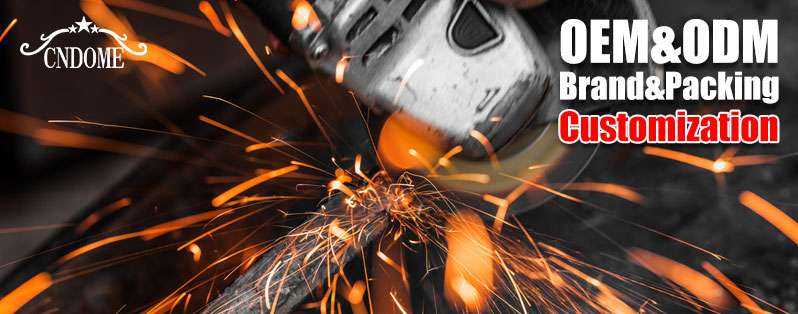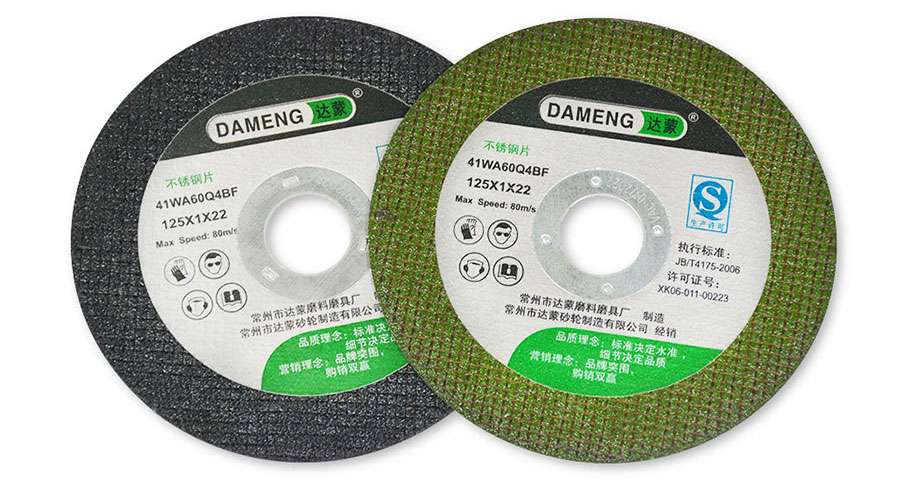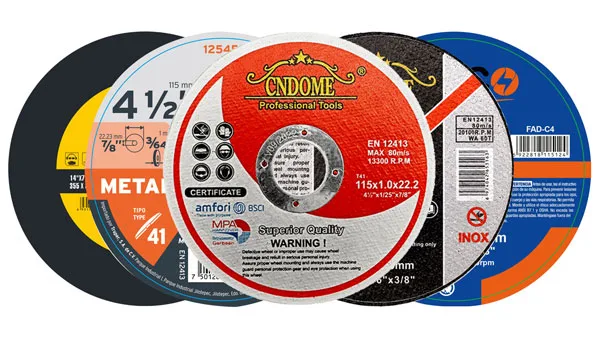When it comes to cutting bolts, precision and efficiency are key. Whether you’re a professional fabricator, a DIY enthusiast, or a mechanic, using the right cut-off wheel can make all the difference. In this blog, we’ll explore the types of cut-off wheels available for bolt cutting, their advantages, and tips to ensure safe and effective use.
Why Use a Cut-Off Wheel for Bolts?
Bolts are often made of tough materials like steel, stainless steel, or even titanium. Cutting them cleanly requires a tool that combines sharpness, durability, and heat resistance. Cut-off wheels are perfect for this task as they:
- Provide precise, clean cuts without damaging surrounding materials.
- Minimize the risk of heat buildup, which can weaken bolts.
- Are compatible with various power tools, including angle grinders and rotary tools.
Types of Cut-Off Wheels for Bolts
- Aluminum Oxide Cut-Off Wheels
- Ideal for cutting steel bolts.
- Economical and widely available.
- Offers durability and consistent performance.
- Silicon Carbide Cut-Off Wheels
- Best for softer metals or non-metallic bolts.
- Excellent for projects requiring a smoother finish.
- Diamond Cut-Off Wheels
- Designed for high-performance cutting, including hardened bolts.
- Long-lasting and efficient for repetitive tasks.
- Resin-Bonded Abrasive Wheels
- Commonly used for general-purpose bolt cutting.
- Provide a balance between cutting speed and cost-effectiveness.
Key Considerations When Selecting a Cut-Off Wheel
- Material of the Bolt: Match the wheel’s abrasive material to the bolt’s composition. For instance, stainless steel bolts require wheels labeled “Inox” or “stainless steel-compatible.”
- Wheel Size and Thickness: Smaller, thinner wheels offer precision, while larger, thicker wheels handle heavy-duty tasks.
- Tool Compatibility: Ensure the wheel fits your tool’s arbor size and RPM rating.
- Cutting Speed: A fast-cutting wheel reduces time and effort but should maintain control for accurate cuts.
How to Use Cut-Off Wheels for Cutting Bolts
- Safety First:
- Always wear safety goggles, gloves, and ear protection.
- Use a face shield if cutting in confined spaces.
- Tool Preparation:
- Secure the bolt in a vise or clamp to prevent movement.
- Ensure the cut-off wheel is securely attached and undamaged.
- Cutting Technique:
- Start the tool before contacting the bolt.
- Apply light, steady pressure without forcing the cut.
- Let the wheel do the work to avoid excessive wear or damage.
Tips for Extending Cut-Off Wheel Life
- Use the correct wheel for the bolt material.
- Avoid side loading or twisting the wheel during use.
- Store wheels in a dry, cool place to prevent degradation.
Conclusion
Cut-off wheels are indispensable tools for cutting bolts, offering precision and efficiency for a wide range of applications. By selecting the right wheel type and following proper safety protocols, you can achieve clean, professional cuts every time.
Whether you’re replacing rusty bolts or modifying hardware for a custom project, investing in high-quality cut-off wheels ensures reliability and performance. Explore options at your local supplier or trusted online retailers to find the perfect fit for your needs.
Would you like more detailed guidance on specific wheel brands or applications? Let us know!



